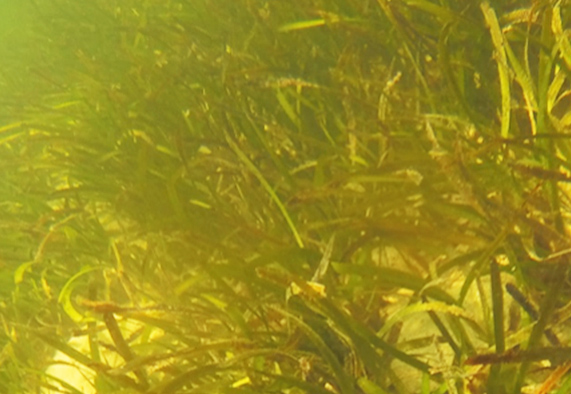Seagrass ecosystems: the underwater green landscape
Grasslands around the world are one of our most beautiful landscapes, and they provide both food for us through agriculture and open spaces for recreational activities. It is, however, widely unknown that we not only have grasslands on land, but also underwater.
Seagrasses are one of the most overlooked ecosystems in the ocean, even though they provide a green landscape underwater that not only looks beautiful, but also provides people with food, protects the coasts from erosion and captures CO2. Seagrass systems are threatened due to their location in shallow coastal areas, where most of the world population lives. This anthropogenic pressure affects seagrass ecosystems, which every year disappear from more and more areas.
The goal of this project is to understand how the intrinsic characteristics and diversity in traits of seagrasses work together to provide us with all the services mentioned above, and how they are being affected by global change. Through the study of their capacity to photosynthesize, sequestrate carbon and filter our waters using an innovative approach (the trait-based approach), we want to bring to relevance the role that seagrasses play for the health and wellbeing of humankind in an ever changing world.
The classical approach to assess ecosystem health and functioning has been focused on species richness and abundance as the explanatory mechanism: differing species composition will differentially impact higher levels of biological organization. Nevertheless, we want to consider the specific traits of the species, which are responsible for determining the properties and dynamics of ecological systems. The objectives are, therefore, to consider the characteristic traits of the seagrass to study their response to global change, and to determine how this change may affect the ecosystem functions performed by seagrass.
Project Partner |
|---|
| Institute of Marine Sciences (Zanzibar) |





